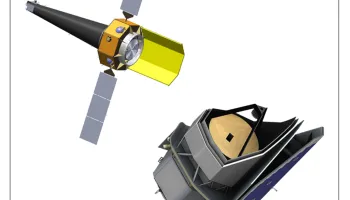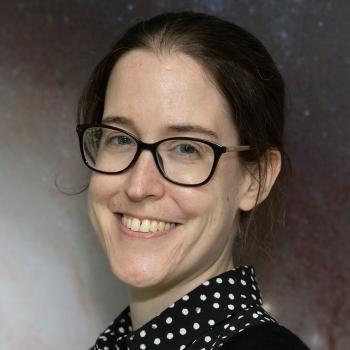Star Formation & The Interstellar Medium
We know that stars are born in dense, turbulent clouds of gas and dust, but the exact details of their creation remain poorly understood. How does stellar feedback, such as winds and powerful supernova explosions, impact the formation of new stars? What allows dust to form, grow, and evolve in the interstellar medium that fills the space between stars within a galaxy?
UMD astronomers use state-of-the-art observational tools — including radio and infrared data from the Atacama Large Millimeter/submillimeter Array (ALMA) and the James Webb Space Telescope — to study gas, dust and star formation. At the forefront of technological innovation, they also lead efforts to develop next-generation tools like the PRobe Far-Infrared Mission for Astrophysics (PRIMA), which will reveal these nascent stellar systems with greater precision than ever before.
Related News
Connected Researchers
Graduate Student
Post-Doctoral Associate
Assistant Research Scientist
Professor
Graduate Student
Visiting Research Scientist
Graduate Student
Assistant Professor
Graduate Student
Professor Emeritus
Graduate Student
Graduate Student
Research Scientist
Graduate Student
Professor
Post-Doctoral Associate
Research Scientist
Adjunct Professor
Research Scientist






















